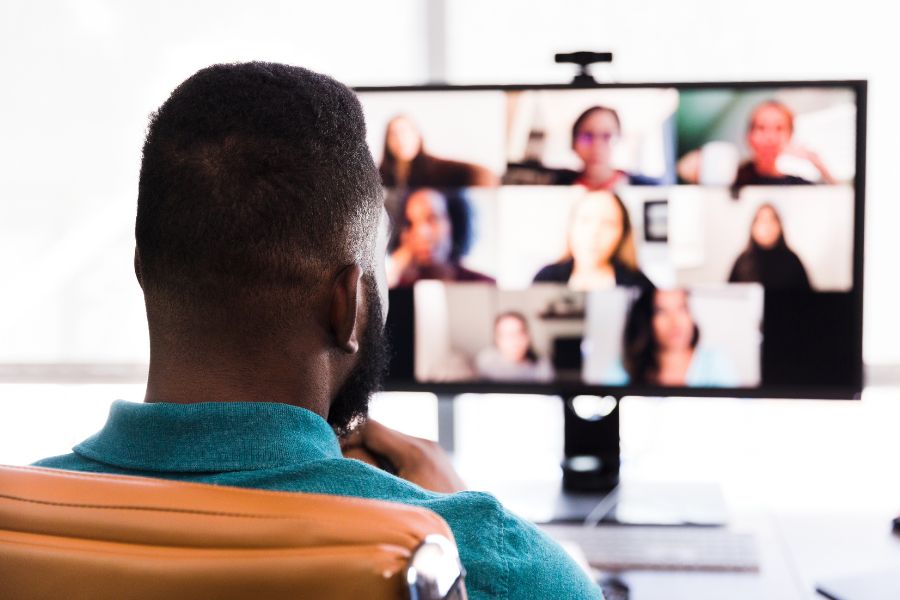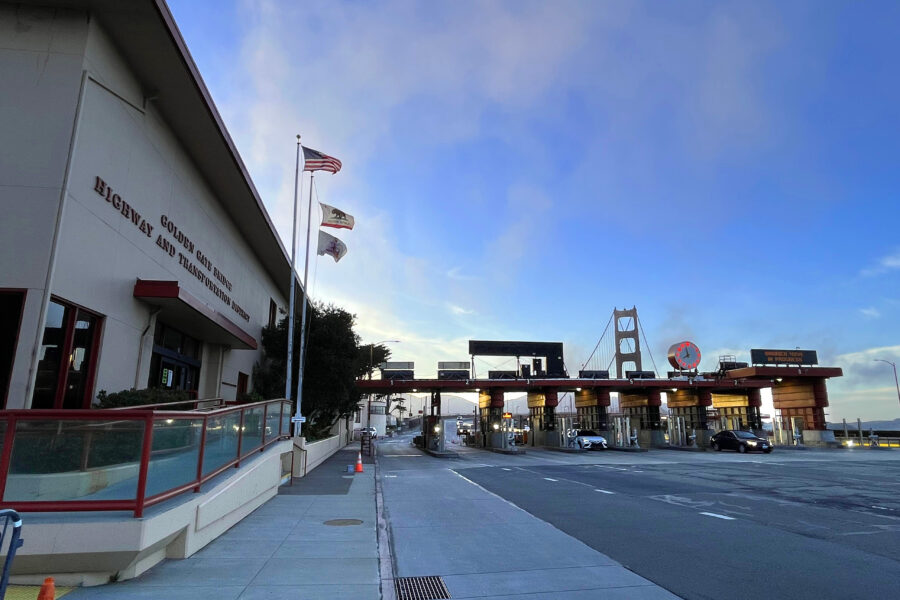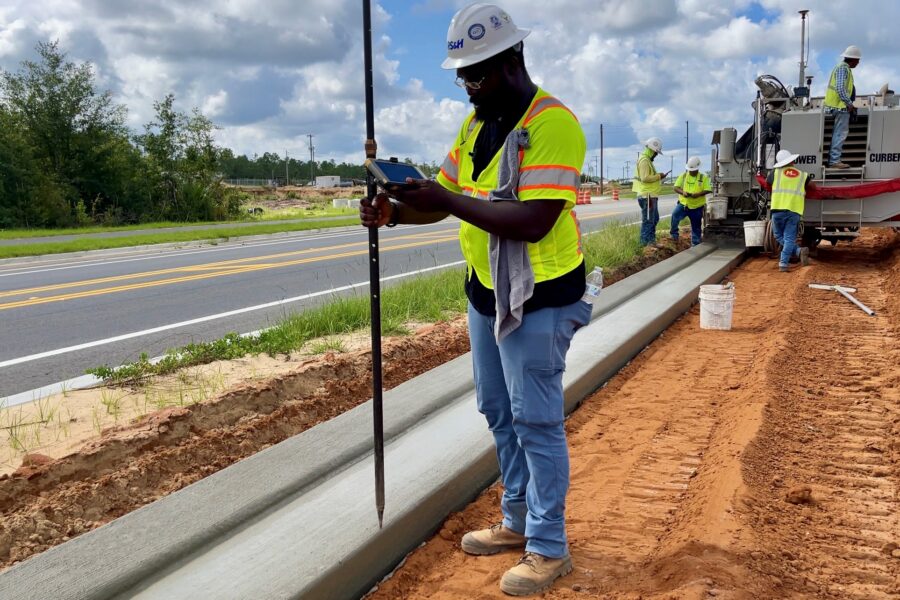3 Steps to Ensuring Virtual Public Involvement Success

The coronavirus pandemic has transformed the traditional public involvement process. Prior to COVID-19, one of our project teams was planning to launch 30 separate stakeholder meetings over a 12-week period, involving out-of-town travel and participation by team members across multiple disciplines. Navigating the effects of the pandemic has posed challenges, but it has also presented an opportunity to evolve and adapt in this area using new technologies.
By pivoting towards virtual public involvement, teams can achieve the same outcome with reduced efforts and leave behind a clearly documented record of communications. It’s all about adaptation, agility, and efficiency – and virtual public involvement marries the concepts seamlessly.
Steps to Ensuring A Successful Virtual Public Involvement Strategy
Step 1: Consider the Stakeholders
Experienced teams tend to map out the best course of action for a public involvement meeting based on previous experience. Preparing for a virtual public involvement meeting, however, requires a different, ever evolving set of logistical considerations. Before and after finalizing a presentation, we should always ask ourselves, “how will the audience navigate this information?”
When it comes to virtual public involvement, we need to strategically think of the ways stakeholders will interact with a presentation, since the project team is not physically present to guide the audience through key facts and important data.
While preparing a presentation or virtual setting, be mindful that while some may prefer a detailed document, others may prefer to view the information through a succinct outline. Closed captioning or automated guidance should also be considered when striving to achieve accessibility.
When done correctly, meeting the various needs of all stakeholders will drive engagement and result in better outcomes for your project.
Step 2: Practice Function Over Flash
Teams should embrace innovative technologies, like interactive virtual public engagement rooms or presentations with embedded videos, to improve the virtual experience for users. However, virtual advancements should not override or overpower a clear display of critical information.
When designing a presentation, we try to stick to the principle of function over flash. One of our goals is to be engaging in our design and platform to create a compelling experience. But we must also remember that the most important objective is to provide project information clearly to the stakeholders.
While it’s tempting to transform a project with special effects and elaborate details, always remember to keep information accessible for even the least technologically savvy participant.
Step 3: Plan Your Outreach
With public involvement comes a need to reach a multitude of audiences, and the approaches used in getting their attention can be a key factor resulting in success.
For a recent project, we deliberately reached out to every stakeholder in a way that was tailored specifically to them. Whether an elected official, stakeholder, or a member of the public – it’s important to make each person aware of an event in the right way.
For state, federal, and local elected officials, as well as stakeholders, a traditional letter is the best practice, even if just emailed as an attachment during the current health crisis. For the public, taking traditional methods of outreach with postcard mailers and supporting them with targeted social media, websites, and digital strategies can reinforce the message with recipient safety at the forefront.
There is no one-size-fits-all approach to awareness for a virtual meeting, and overcoming a distance barrier can be challenging. But with the right tools, outreach can still be successful.
Adapting to Weather a Crisis
Ultimately, to weather an economic downturn, department of transportation agencies must remain lean, diverse in their offerings, and implement strategic solutions immediately. The demand for projects and services is always changing. But knowing to never solely rely on a past solution is essential for overcoming the downtick in activity and revenue – ultimately leading your teams to future success.
To learn more about adaptation strategies around public involvement, contact Chris Jackson at Chris.Jackson@rsandh.com.




